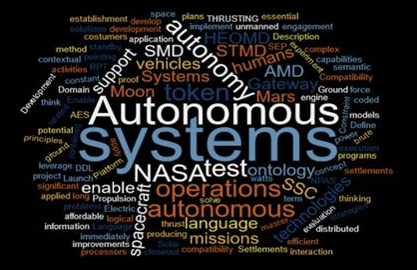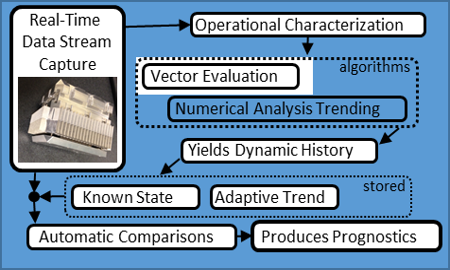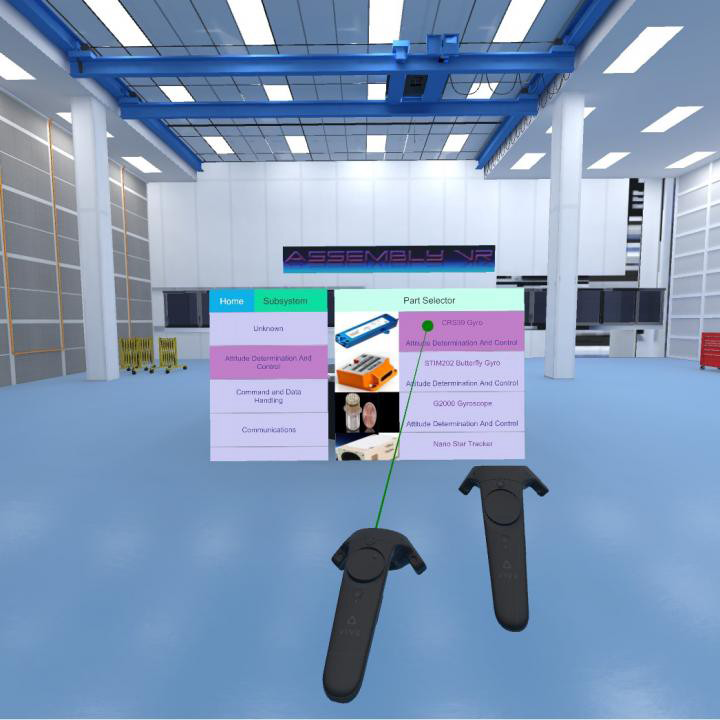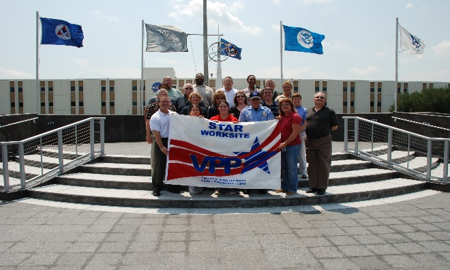Language for Intelligent Autonomy
Ontology and Language for Intelligent Reusable Autonomy
PM: Fernando Figueroa |
Fiscal Year: 2018 |
Status: Active |
Currently, autonomy is implemented primarily by scripting strategies for
autonomous responses to all possible cases considered by the designer.
Scripting is specific to a system, a configuration or an activity taking
place in a process. This project seeks to develop a "thinking" autonomous
system so that autonomous strategies maybe inferred by the computer as a
thought process. The results of this project will be incorporated as part
of SSC's NASA Platform for Autonomous Systems.
Developing a standard language to describe autonomous systems
Machine Learning Increases Awareness
Embedded and Distributed Machine Learning for Prognostics Monitoring
PM: Scott Jensen |
Fiscal Year: 2018 |
Status: Active |
The goal of this project is to develop a generic, cost-effective conditioned-based
diagnostic system that is relatively independent of the equipment being monitored.
New, extremely low power microprocessors with robust wireless modules will be integrated
with advanced energy harvesting technologies to collect data and transmit that data to
nearby base stations which will then process and monitor the data to achieve real-time,
automatic data evaluation.
See Through Walls with AR/VR
Development of AR/VR Capabilities for Facility and Mission Support
PM: Chris Carmichael |
Fiscal Year: 2018 |
Status: Active |
This project will incorporate a mixture of augmented reality (AR) and virtual reality (VR)
to provide more efficient ways to evaluate components and facilities in a real time environment.
The project will explore innovative options to non-invasively "see behind the wall" and
"in the ground" by developing custom applications for our center.
NASA explores using AR/VR for facility and mission support.
Working Smarter to Improve Safety
Prediction of Safety Incidents
PM: Kamili Shaw |
Fiscal Year: 2018 |
Status: Active |
Safety incidents, including injuries, property damage and mission failures, cost
NASA and contractors thousands of dollars in direct and indirect costs annually.
This project seeks to define, develop and test an algorithm that will use hazard
identification data as input to predict when and where there is a high probability
of a safety incident occurring. Machine learning and data analytics will be used
to save time, money and lives.





